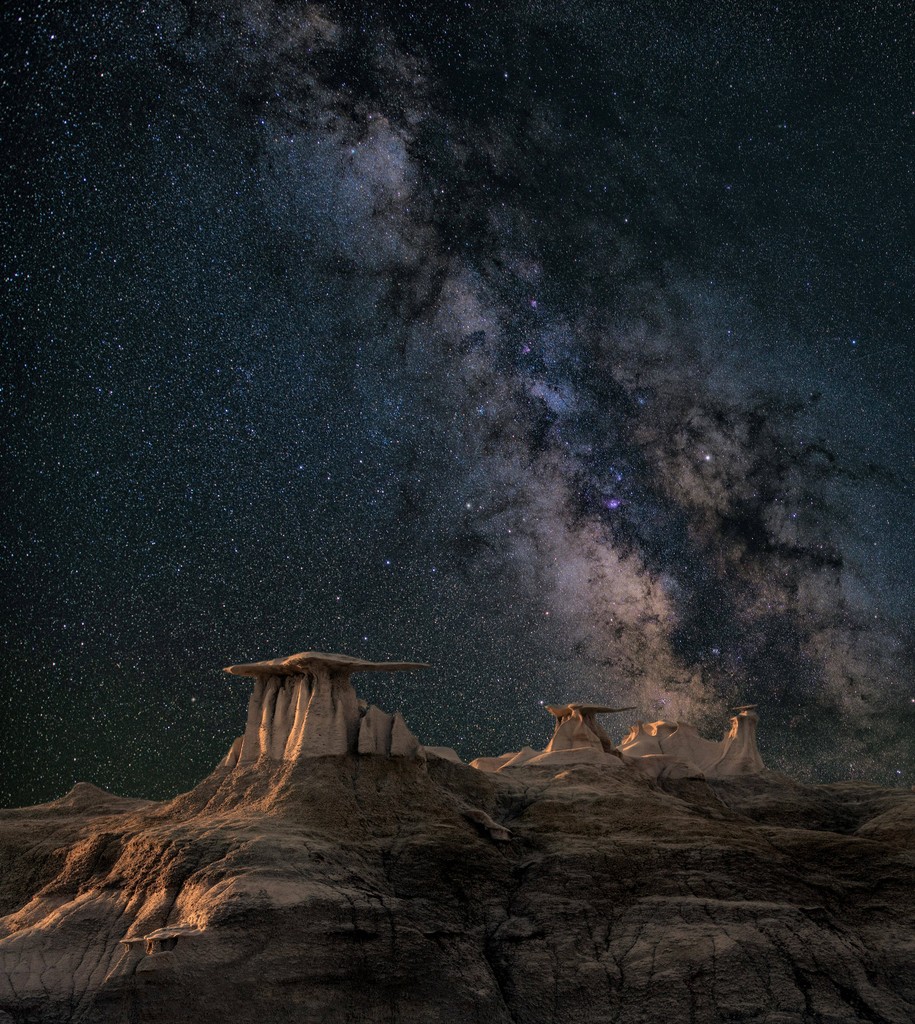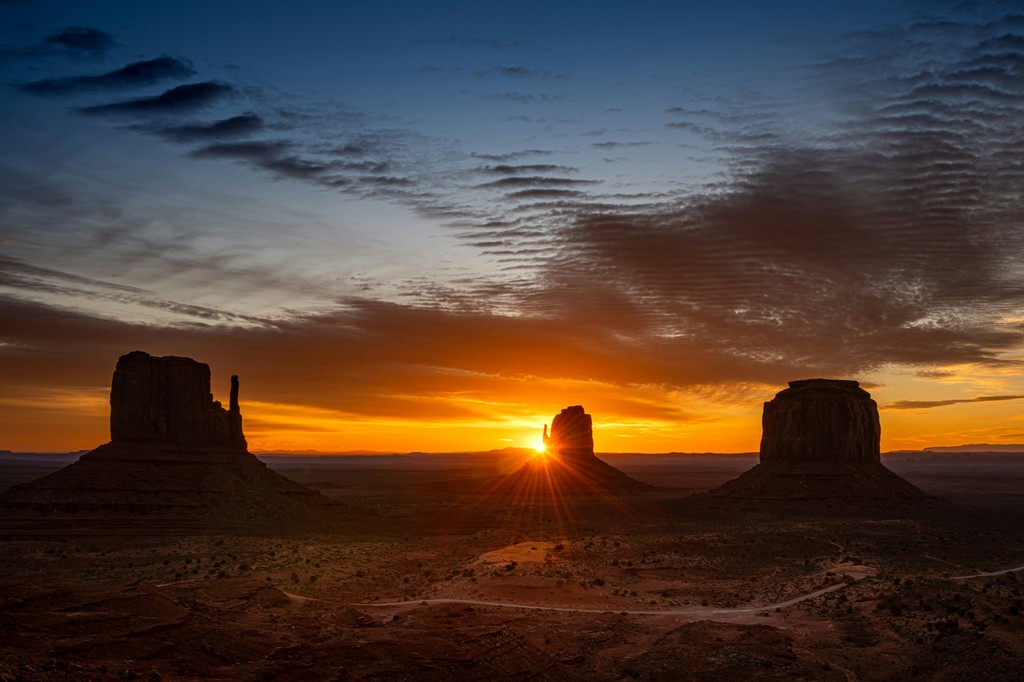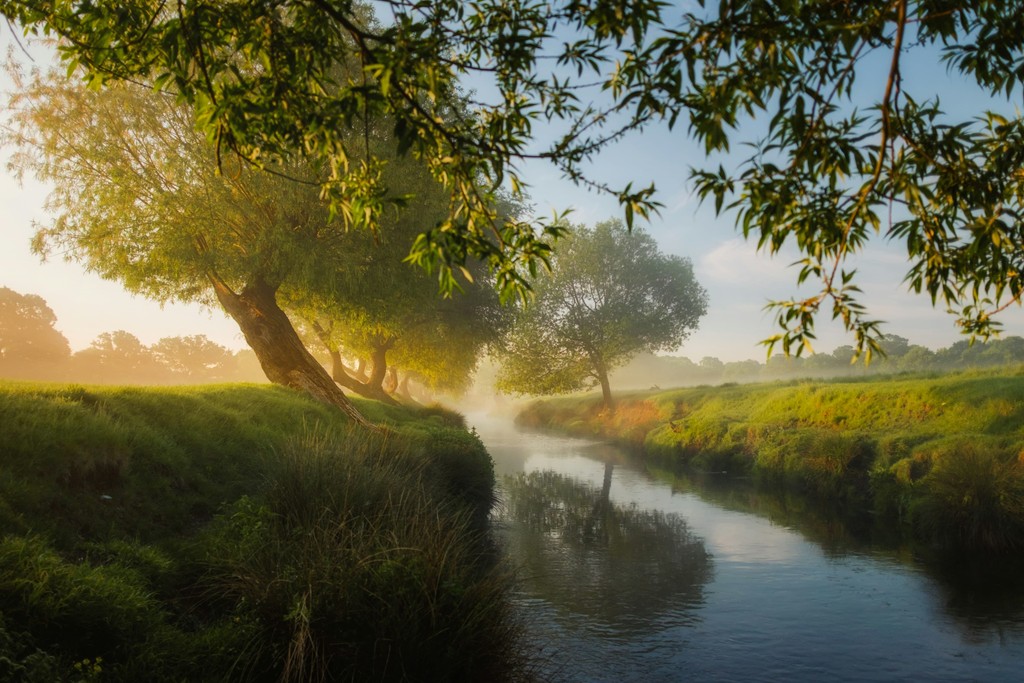Astrophotography for Beginners
Feb 17, 2024
Tutorial
Embarking on a journey through the cosmos is a dream shared by many, but for most, it remains just that—a dream. However, with the advent of astrophotography, capturing the beauty of the universe has become more accessible than ever before. Whether you're gazing at the stars with wonder or already have a camera in hand, astrophotography offers a unique opportunity to explore the cosmos from the comfort of your backyard.
What is Astrophotography?
Astrophotography is the art of capturing images of celestial objects such as stars, planets, galaxies, and nebulae. It merges science with creativity, allowing enthusiasts to document the wonders of the universe with stunning clarity and detail.
Getting Started: Equipment Essentials
Camera: While professional-grade equipment can yield exceptional results, beginners can start with a DSLR or mirrorless camera with manual settings. These cameras offer versatility and control crucial for astrophotography.
Lens: A wide-angle lens with a fast aperture (f/2.8 or wider) is ideal for capturing expansive views of the night sky and gathering ample light for long exposures.
Tripod: Stability is key in astrophotography. Invest in a sturdy tripod to keep your camera steady during long exposure shots, preventing blurriness caused by camera shake.
Remote Shutter Release: Minimize camera shake further by using a remote shutter release or intervalometer to trigger the camera without physically touching it.
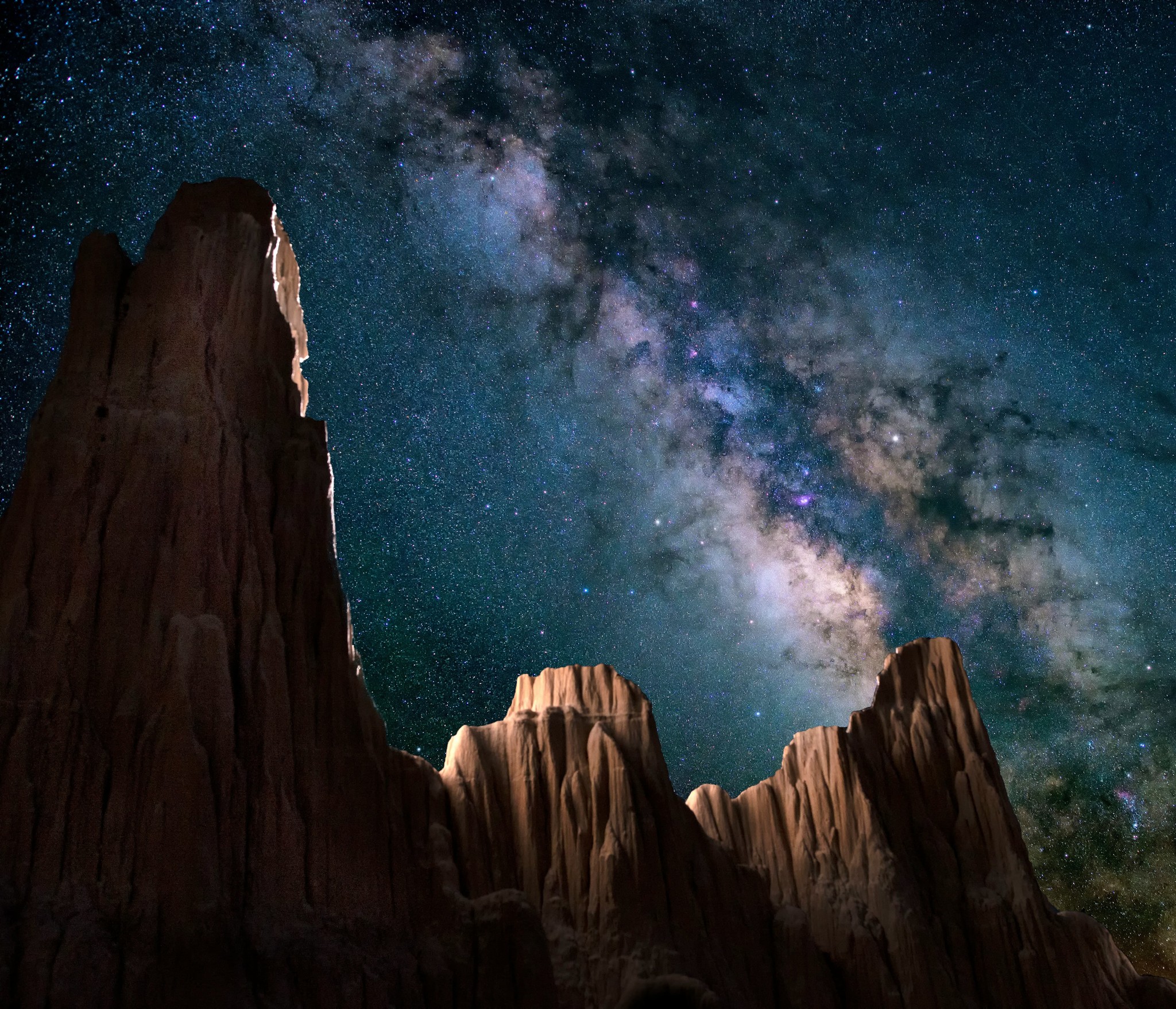
Finding the Right Location
Dark Sky Areas: Light pollution can diminish the clarity of your astrophotographs. Seek out locations away from city lights, preferably designated dark sky areas, to capture the true brilliance of the night sky.
Scout During the Day: Familiarize yourself with potential shooting locations during the daytime to ensure safety and optimal compositions once night falls.
Mastering the Basics: Settings and Techniques
Manual Mode: Switch your camera to manual mode to have full control over settings like aperture, shutter speed, and ISO—a necessity for astrophotography.
Wide Aperture: Set your lens to its widest aperture to gather as much light as possible, allowing for shorter exposure times and reducing the risk of star trailing.
Long Exposures: Experiment with exposure times ranging from a few seconds to several minutes to capture faint details in the night sky while avoiding overexposure.
Focus: Achieving precise focus in the dark can be challenging. Use manual focus and the camera's live view function to zoom in on a bright star or distant light source, adjusting focus until it appears sharp.
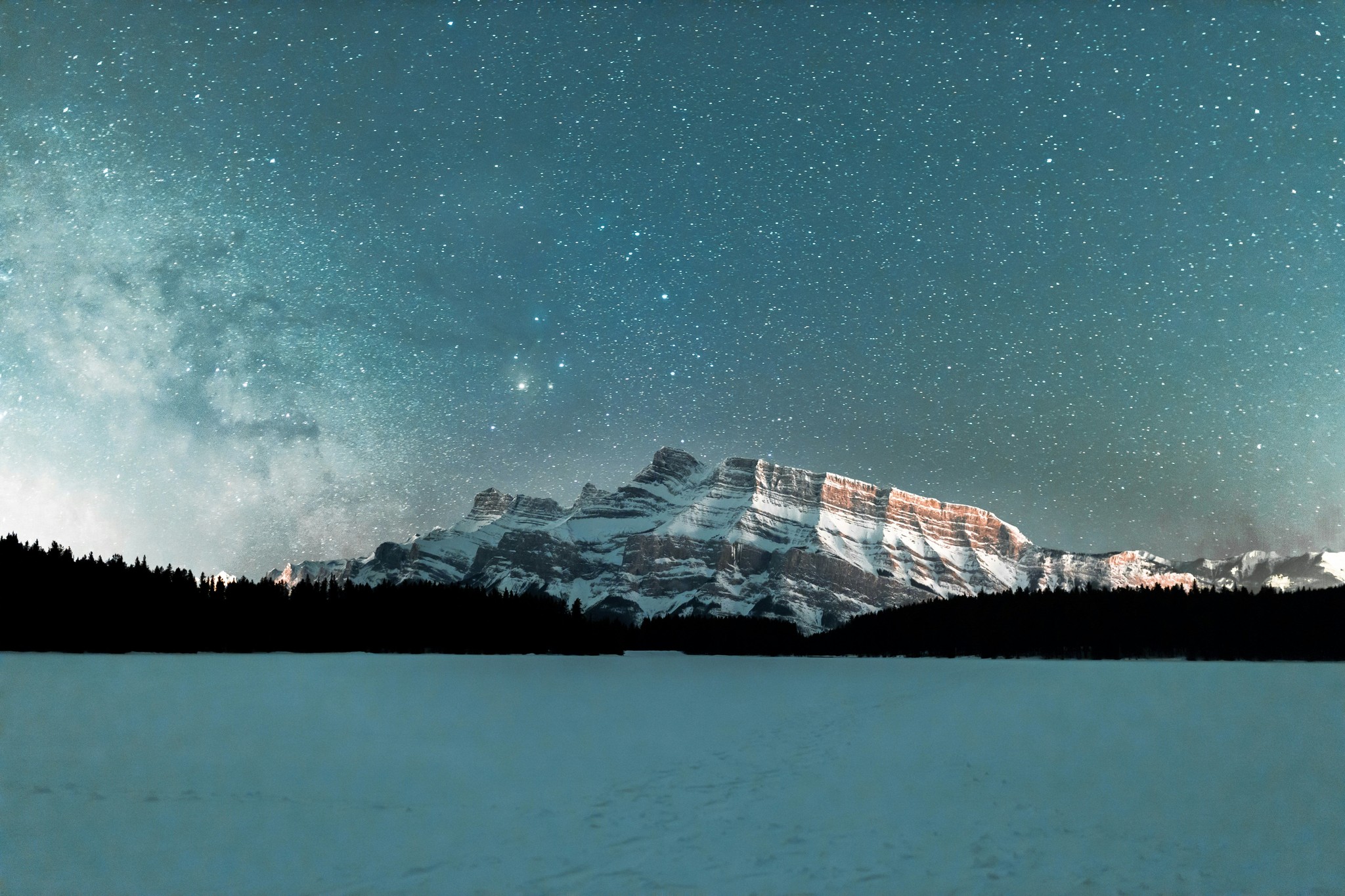
Embrace the Learning Curve
Astrophotography is a journey of discovery, experimentation, and patience. Don't be discouraged by initial setbacks or technical hurdles. Every photograph, regardless of outcome, contributes to your growth as a photographer and deepens your connection to the cosmos.
Conclusion
Astrophotography offers a gateway to the awe-inspiring beauty of the universe, inviting beginners to embark on a journey of exploration and creativity. Armed with the right equipment, knowledge, and a sense of wonder, capturing the wonders of the cosmos is within reach for anyone willing to look up and aim their lens skyward. So, grab your camera, head outside, and prepare to capture the celestial wonders that await your lens.
More Blog Posts





